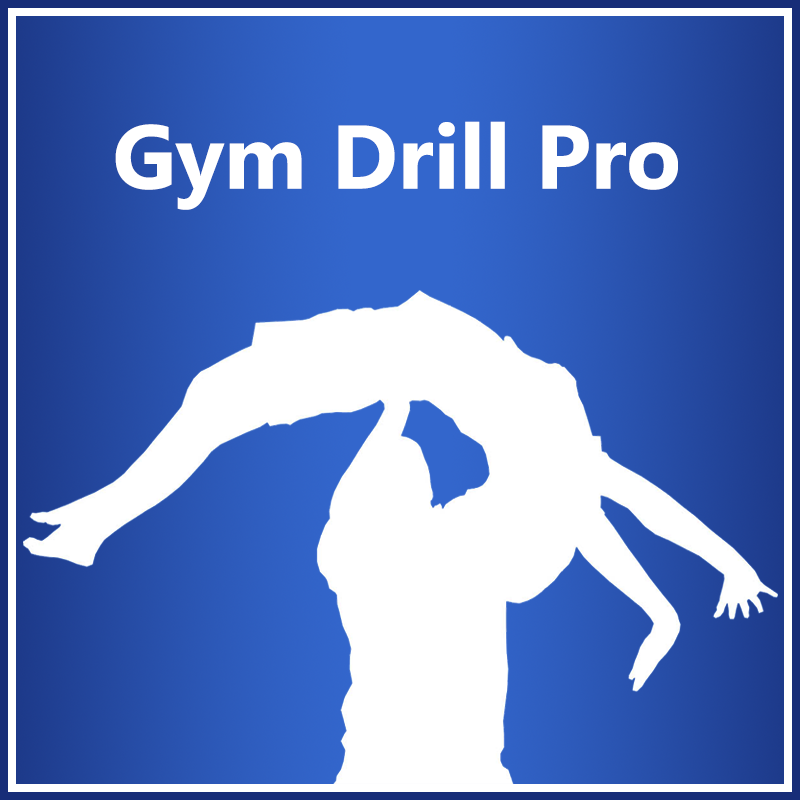

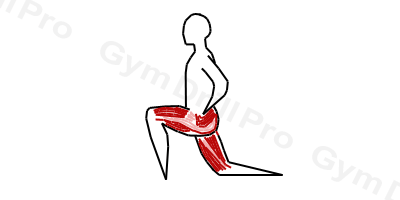
The glutes play a major role in most gymnastics moves. As an athlete matures from beginner to advanced to elite status, they learn to derive increasing amounts of propulsive power from the hips. Propulsive power is considerably influenced by the strength of the glutes because this muscle is heavily involved in nearly all primary gymnastics motions including running, pushing, jumping, kicking back, piking and arching, keeping the shape, rotating, and landing.
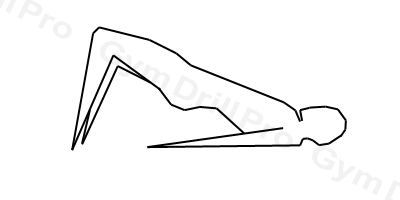
Lie on your back with the knees bent at 90 degrees and the palms flat on the ground. Pushing through the heels, raise the hips as high as possible using the gluteal muscles. Move solely around the hip joint and keep the lower back in a neutral position. Hold the bridge in the top position for a moment, then lower the hips to starting position.
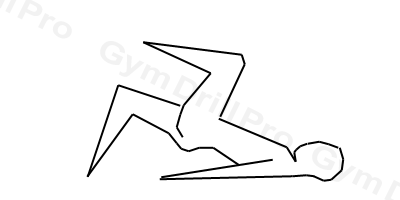
Once you master the glute bridge, experiment with the marching variation. At the top of the movement, lock your body into position and then raise one leg by flexing at the hips. This is challenging because you'll be forced to stabilize your body weight on just one leg. Lower the leg to the ground and then alternate to the other leg.

Facing upward, place your upper back on top of a couch, sturdy chair, or weight bench with your feet flat on the ground. Place the hands on the ears and extend the hips by squeezing the glutes. Push through the heels and keep the lower back in a neutral position. 3. Rise as high as possible through the hips and then lower your hips to starting position.
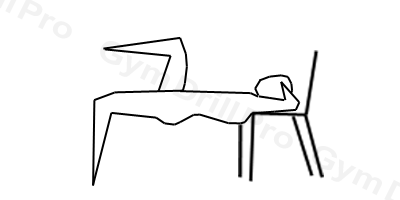
When the shoulder-elevated hip thrust becomes easy, experiment with the marching variation. Simply rise to the top of the bridging motion, stabilize the body, and march by raising one leg after another through hip flexion. Marching variations are excellent hip stability exercises
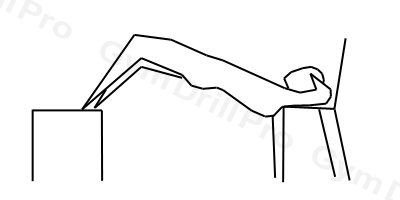
Facing upward, place your upper back on a couch, sturdy chair, or weight bench and your feet on a small table, stool, or chair. The two surfaces should be roughly the same height. Extend the hips by squeezing the glutes. Push through the heels and keep the lower back neutral. Rise as high as possible through the hips and then lower the hips to starting position.
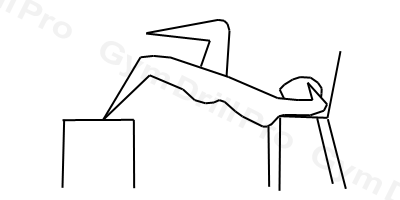
Once you reach proficiency in the double leg shoulder and feet elevated hip thrust, you can try the singleleg version. Many people foolishly rush into this variation before they're ready for it. The single leg shoulder and feet elevated hip thrust is likely the most challenging bodyweight exercise for the hips because it requires tremendous gluteal strength and stability. Frankly, most beginners and even most intermediate exercisers don't possess this. Take your time moving up through the exercise progressions so by the time you start performing the singleleg shoulder-and-feet-elevated hip thrust you can perform it correctly. This means moving the hips through a controlled and full range of motion while preventing lateral and rotational energy leaks. Pause briefly at the top of each repetition to ensure proper performance.
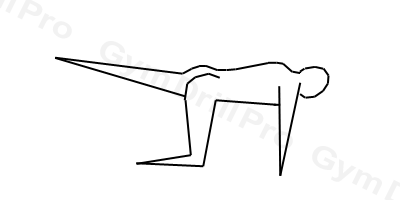
Start on all fours (quadruped position) with the head, neck, and spine in neutral position, the hands under the shoulders and the knees under the hips. No flexion, extension, lateral flexion, or rotation in the neck and spine. Kick one leg to the rear until you reach full extension. Return to starting position. Complete all repetitions on one leg before switching legs.
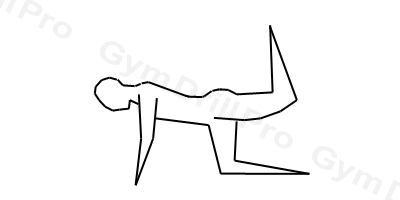
The bent-leg donkey kick, in which the knee is bent to 90 degrees while the leg is lifted, shortens the hamstrings and reduces the participation of the hamstrings in the movement. Because the hamstrings are weakened, the stronger glutes will pick up the slack, which makes this movement a more targeted glute exercise because it requires less hamstring and spinal erector torque while keeping the tension on the glutes. Squeeze the glutes at the top of the movement and keep the spine straight as the hip rises.
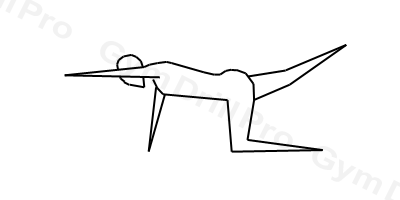
The bird dog exercise builds on the donkey kick by adding a diagonal upper-body movement pattern to complement the lower-body movement and allow for proper transfer through the core. During this movement alternate between extension patterns of diagonal pairs-left arm combined with right leg and right arm combined with left leg. The diagonal movement patterns call on the spinal stabilizers to resist rotational movement, which makes for an effective core-stability exercise.
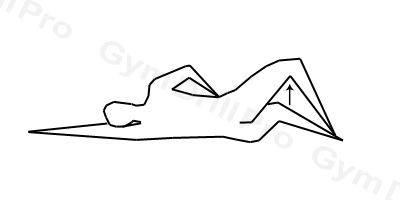
Start in a side-lying position with the hips bent at about 135 degrees and the knees bent at about 90 degrees. The neck rests on the arm on the ground. The other arm is braced on top of the hip. With the heels touching each other, rotate the top hip up. Be sure to move at the hips. Don't lean to one side or move at the spine. The heels stay together for the entire set. Return to starting position. Complete the desired number of repetitions and repeat on the other side.
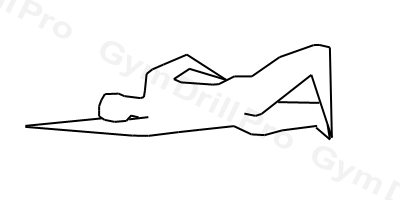
The side-lying clam can also be performed in a hipsneutral manner by keeping a rather straight line from the shoulders to the knees. Keep the heels in contact with each other through the duration of the set and avoid leaning or twisting at the spine.
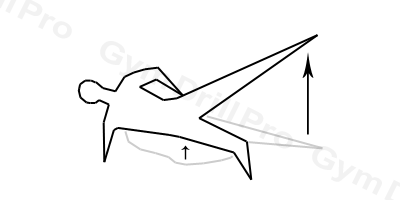
The side-lying clam can also be performed in a hips neutral manner by keeping a rather straight line from the shoulders to the knees. Keep the heels in contact with each other through the duration of the set and avoid leaning or twisting at the spine.
Integral part of gymnastics coaching process are skill drills. They help gymnasts to learn easier and technically correct. With GYM DRILL PRO you will find variety of ideas for the most the basic gymnastics skills. There are plenty of images with skill drill progressions. It is intended to support explicitly the qualified coaches in their daily coaching business. DO NOT practice without the guidance of proper professionals.